Cancer is the second leading cause of death from diseases on Earth, and it is likely to become the leading cause by 2030. Currently, 200 million people suffer from this deadly disease, and 8.2 million people die from it every year. Billions of dollars spent on inventing some miracle cure for cancer have not yielded the desired results up to date.
Among the research platforms available to scientific institutions and pharmaceutical companies, the laboratory on the International Space Station (ISS) stands out. Will microgravity help in solving cancer problems?

How do we envision biologists researching malignant cells? The first thing that comes to mind is people in lab coats intently examining samples under microscopes, using biochemical equipment, tissue cultures on traditional glass slides… Perhaps our imagination does not associate cancer research with the boundless expanse of cold space and the ghostly light of distant stars. Nevertheless, more than half a century of microgravity research provides grounds for this cohort of scientists to look at the problem from a height of 400 km above the Earth’s surface, from the ISS. Space provides extremely favorable conditions for studying cancer, as well as many other diseases.
Unbridled Gravity
Four fundamental interactions determine the course of events in the Universe: weak nuclear, strong nuclear, electromagnetic, and gravitational interactions. As a result of studying the world around us, numerous investigations, and massive efforts to tame the forces of nature, we have learned to effectively use the first three fundamental interactions, converting different forms of energy and matter. This has led to progress and the intensive expansion of humanity within the accessible world. One idea that we continue to dream about is the possibility of using gravitational interaction. Since times immemorial people have imagined themselves levitating, yet we have not yet learned how to generate gravitational force or weaken its impact. The only possibility to manipulate gravity is to move away from massive objects or undergo orbital motion around a central gravitational source (similar to what happens during space flights).
History of Biological Experiments in Space
Humanity began using space as a laboratory environment with unique physical conditions from the dawn of its space odyssey. The main milestones are:
- (1966–1969) Biosatellite Program: a series of three American satellites, whose main purpose was to conduct fundamental biological research. After completing the mission, the USA continued to use these satellites in cooperation with the Russian Bion program;
- (1973–2013) Bion: the Russian biosatellite program focused on fundamental space biology and radiation experiments on insects, plants, and animals;
- (1973–1974) Skylab program: the first American manned space station, whose main tasks were physiological and biomedical experiments to support long-term space stays, as well as Earth studies and solar observations;
- (1981–2011) Space Shuttle program: manned flights of reusable spacecraft in low Earth orbit. They were used as transport for servicing missions (e.g., deploying the Hubble telescope, constructing the International Space Station) and as platforms for biological and physiological research;
- (1986–2000) Mir program: a Russian orbital station. It was the first multi-module space complex that continuously hosted crews in orbit. It focused on long-duration human operations in space, physiological and biological research;
- (1993–2003) American SpaceHab program: an inflatable, reusable laboratory module delivered by space shuttles. It was used for biological, physiological experiments, and as a crew living module;
- (1994–1998) Shuttle-Mir program: collaboration between the USA and Russia. The main purpose was docking spacecraft operations, and biological and physiological researches were also conducted;
- (1998–present) ISS program: the largest space station ever constructed. Efforts are focused on research and the development of academic and commercial projects related to important scientific disciplines;
- (1999–present) Shenzhou program: Chinese manned spacecraft. The Tiangong space laboratory serves as a test site for a multi-module Chinese space station, which is planned for the future.
Main Research Trends in Space
One of the initial tasks of biological experiments in space was to determine the degree of negative impact of external physical factors (primarily radiation) on living organisms. This was due to the need to protect crew members during long-duration space missions, which became increasingly relevant. The research was conducted on various biological models, such as cell cultures, plants, and laboratory animals. Also recording of the physiological and biochemical parameters of the crew members themselves took place. This work has not lost its relevance today. However, the complexity of experiments has increased, and with the deployment of a high-tech scientific laboratory at the International Space Station, new opportunities for fundamental and applied research have emerged.
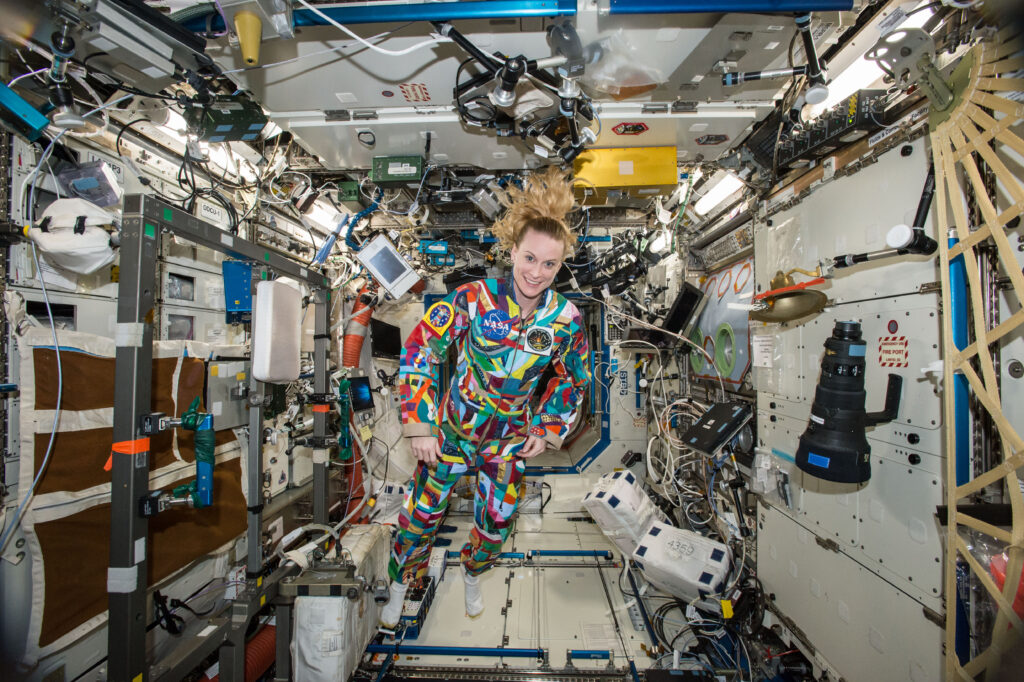
While studying possible negative impacts on biological objects in space, a series of previously unknown phenomena were discovered, such as changes in cell and tissue structure and physiology, as well as the transmission pathways of signals both within cells and in intercellular interactions. This has shed light on some fundamental questions related to cell division regulation and gene expression and the possibility of using these phenomena to solve important everyday problems. Some changes in cell and multicellular system behavior have proved to be interesting for use in treating malignant tumors. For example, changes in cell architecture, division characteristics, activation of gene regions responsible for regulating the intensity and duration of cell divisions, and programmed cell death processes (apoptosis – the mechanism that ensures the removal of “unnecessary” cells from the organism and prevents their malignant growth).
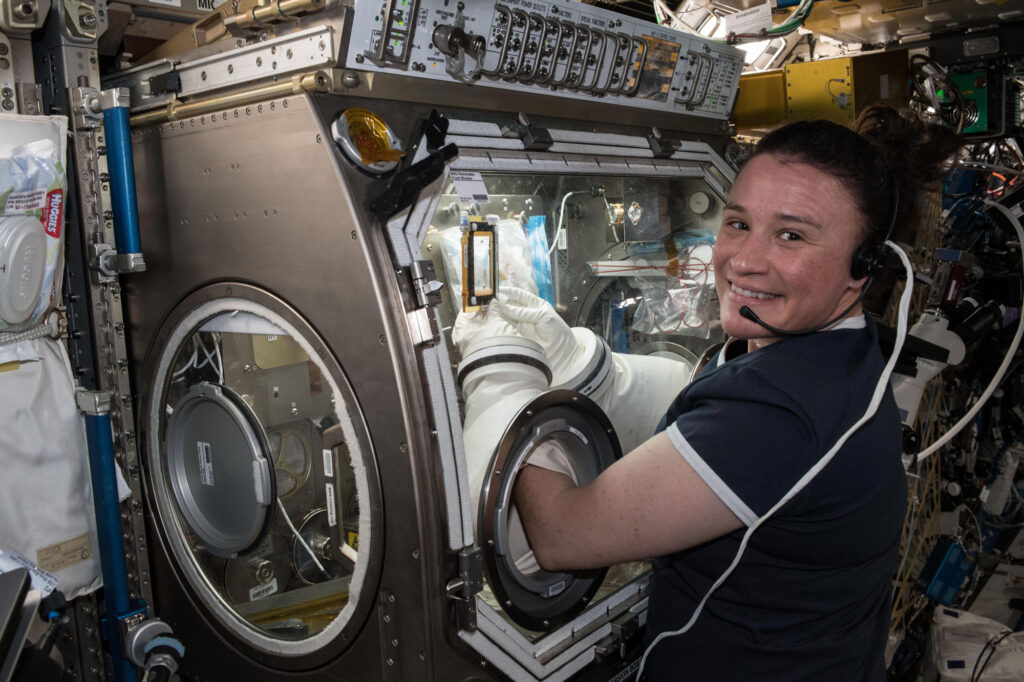
The unique physical conditions on orbit not only allowed the identification of peculiar states of cell and cell culture functioning but also enabled the synthesis of complex molecules and combinations of chemical compounds that are difficult or impossible to produce under Earth conditions. Some of the obtained complex chemical structures are considered promising drugs against oncological diseases, and some of them have already been approved as medications or drug forms successfully used in treatment, surpassing the efficacy of their terrestrial competitors.
Microgravity — an analogue of an anti-cancer drug?
Experiments with cell cultures of malignant tumors have shown that in minimal gravity the behavior of cells and their interactions (tissue and quasi-tissue formations) changes dramatically — their mutual arrangement becomes completely different, as well as the process of interaction within the population. The nature of cytokine secretion — special signaling molecules that cells release for communication with each other and the environment — also changes. This way they regulate the intensity of reproduction, mutual arrangement in space, and inform each other about the presence or lack of nutrients, forcing neighboring cells to slow down and concentrate on producing certain substances. In other words, they create a kind of community with their own biochemical “slang”, which differs in outer space from the “speech” on Earth. In microgravity the expression of certain genes (the state of being “on” or “off”) changes resulting in the production of important molecules that regulate cell behavior as a whole. Studies of several cell cultures have shown that even brief exposure of cancer cells to space conditions leads to their death — self-destruction mechanisms are triggered. The task of space science is to identify how the extraterrestrial environment promotes signals killing cancer cells and learn how to initiate these processes for treatment purposes.
“The Trojan Horse” for cancer cells
One of the significant areas of active search for new methods of treating oncological diseases is the creation of pharmaceutical forms that utilize existing chemical structures while making them safer for the body and more “lethal” for the tumor. To achieve this goal, the methodology of creating microcapsules — microscopic “balloons” with an outer shell made of biodegradable elements that can simultaneously recognize their target (the tumor cell), attach to its surface, and “inject” the anti-tumor agent. This is like a “Trojan Horse” capable of bypassing numerous defense lines of cancer cells that, under other conditions, effectively protect themselves from the influence of chemotherapeutic or biological agents.
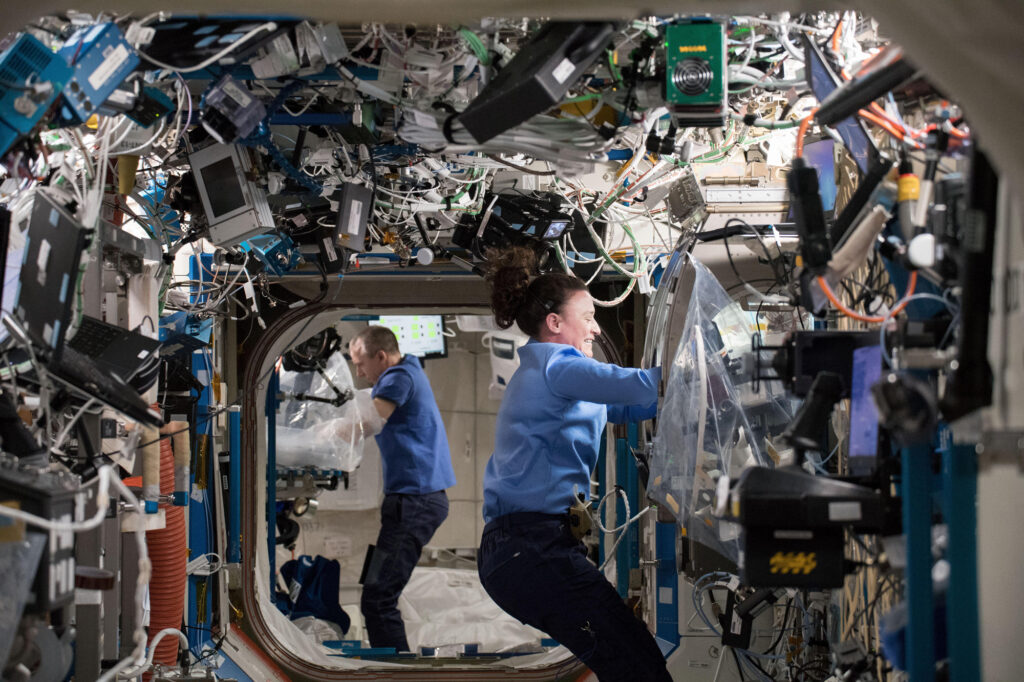
The theme of tumor resistance is essential for further development in oncology. Most failures in the treatment of this disease are associated with the ability of cancer cells to actively resist many anti-tumor agents. For this purpose, tumors use very complex and diverse defense systems: they create additional molecular protective layers on the cell membrane surface, preventing the penetration of anti-tumor agents inside; actively form channels of complicated configuration capable of “pumping out” harmful intermediates that have already penetrated into the cell; form active enzymatic systems that chemically break down anti-tumor drugs; inactivate some chains of biochemical signaling systems through which the effects of anti-tumor agents are realized; quickly repair (restore) damages in the structure of their DNA and RNA that arise due to the influence of anti-tumor agents or increase the number of molecules responsible for the cell’s “malignancy,” reducing the likelihood of their adequate damage, and many other mechanisms.
The creation of microcapsules with anti-tumor drugs bypasses several of the existing defense mechanisms and allows delivering the medicine directly inside the tumor cell, creating a high concentration at the target point and reducing the negative impact on healthy cells.
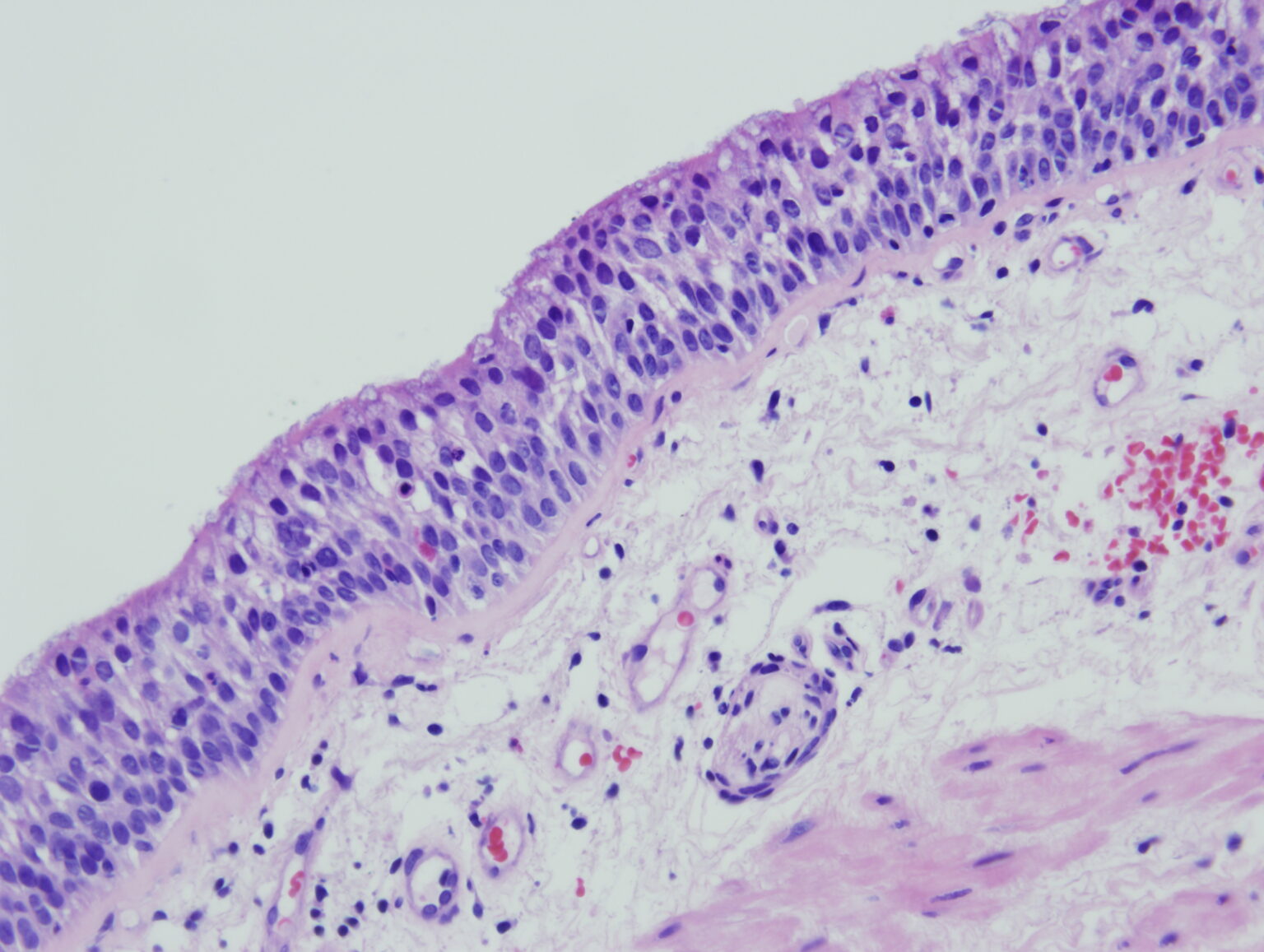
The MEPS-II experiment was conducted by Dr. Dennis Morrison from the NASA Johnson Space Center as part of a mission on the ISS in 2002. As a result of the research, optimal regimes for creating microcapsules were determined, various combinations of drugs were tested, but most importantly — the obtained data allowed replicating the technology under terrestrial conditions. Thus, the American company NuVue Technologies Inc. used drugs obtained by the microencapsulation method, and achieved a reduction in tumor sizes in 78% of patients and complete tumor regression in 30% within just 3 weeks of microcapsule application, using drug doses that in classical schemes would yield results only in 10-15% of patients.
A tumor aimed
Similar to how modern combat missile guidance systems help them stay on course to their target with precision, modern anti-cancer drugs (targeted therapies) accurately find their targets — specific molecules on the surface of cancer cells. The high accuracy of their “guidance system” is the key to the remarkable effectiveness of these drugs in tumor treatment, which could not be achieved by other existing means.
Drugs of this type emerged at the beginning of the century, but their active use began about 7 years ago. There are dozens of drugs in this group, and even more potential candidate molecules are actively being studied. The speed of introducing new drugs into practice determines the lives of millions of people awaiting effective treatment. Assistance can come from space laboratories: tumor cell cultures grown in microgravity are practically perfect models for quickly obtaining results in testing new drugs.
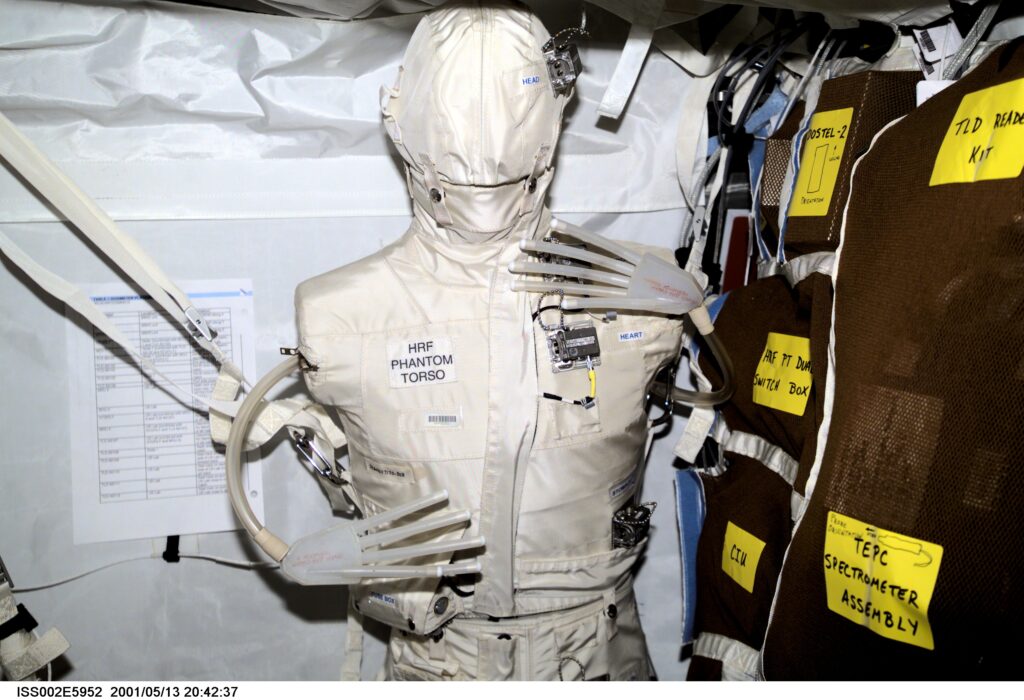
An example of this is the study of a drug developed by Angiex, Inc., which was invested in by Boeing through the MassChallenge Startup Accelerator. The drug investigated in 3D cell models in the space laboratory on the ISS belongs to targeted drugs, and its target is not only cancer cells but also the blood vessels that support their growth. Almost all tumors require active blood supply through vessels for their development, making this new drug potentially effective in 90% of cancer cases. Research conducted in space significantly reduced the testing time of the drug, thus bringing the recovery of many patients closer.
Anti-Cancer Robotics from space
Space research contributes to cancer treatment not only due to the unique laboratory possibilities provided by space’s physical properties. Technological developments specifically designed for space exploration are being “re-purposed” to solve purely earthly problems, including cancer treatment. For example, prototypes of space robots like Canadarm, CanadArm2, and Dexter, developed by the Canadian Space Agency to carry out tasks on the ISS, inspired the creation of the surgical robot assistant, NeuroArm. This high-tech tool is already being used for brain tumor removal surgeries at Calgary’s Foothills Hospital. Its special feature is that the “arm” of the robot is made of materials transparent to X-rays and magnetic fields, allowing the operation to be carried out under real-time magnetic resonance imaging. This makes it an incredibly effective helper for surgeons.
Risk-Free to the Stars
As ironic as it may sound, space, which is perfect environment to develop cancer drugs, is itself a significant risk factor for the development of cancer for space mission crew members. According to Scientific American, NASA has determined that astronauts have a 3% higher risk of developing cancer compared to the average Earth inhabitant. Calculations made by a group of scientists from the University of Nevada in Las Vegas showed that this risk will double for participants in a Mars expedition. This is due to the considerable level of radiation exposure caused by cosmic radiation (proton radiation causes serious DNA damage). Researchers have also found a large number of chromosomal aberrations in crew members after space missions. Therefore, significant attention is now being paid to developing systems to protect astronauts from harmful radiation. Only by achieving an acceptable level of flight safety can we conquer other planets.

